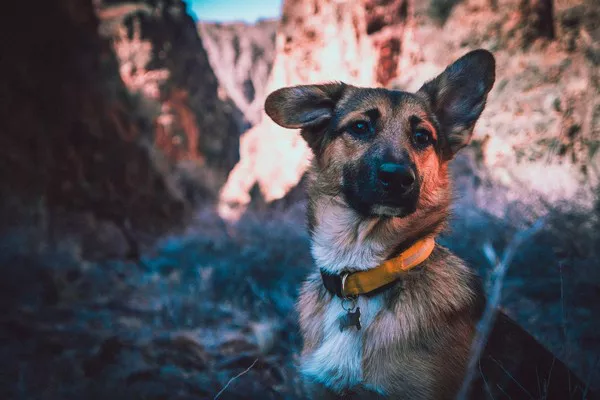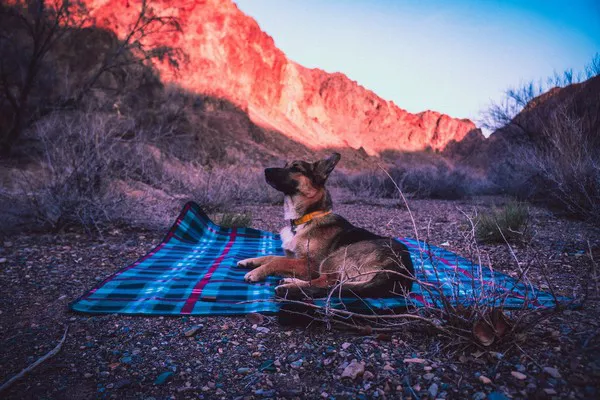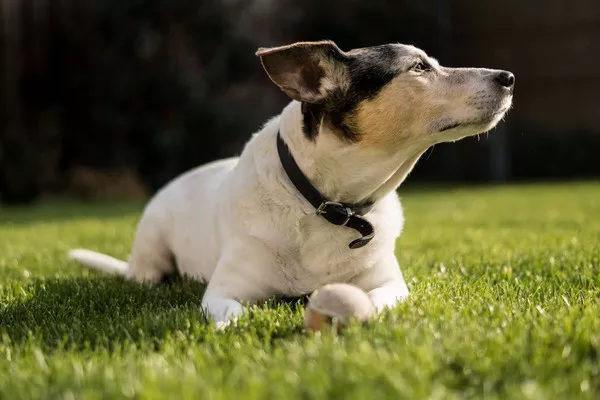Ragdoll cats are known for their gentle demeanor, striking blue eyes, and luxurious, semi-longhair coats. Originating in the 1960s in California, USA, Ragdolls were selectively bred by Ann Baker, who aimed to create a placid and affectionate feline companion. True to their reputation, Ragdolls are often described as “puppy-like” due to their tendency to follow their owners from room to room and their love for being held and cuddled. These cats are also known for their unique trait called “going limp” when picked up, where they relax their muscles, making them feel like, well, a ragdoll.
Growth Stages
Ragdoll kittens grow rapidly in their first few months, reaching most of their adult size by around 12 to 18 months. The growth stages of a Ragdoll cat can be roughly categorized into kittenhood (0-6 months), adolescence (6-12 months), and adulthood (1 year and older).
During kittenhood, Ragdolls are full of energy and curiosity. They quickly learn to explore their surroundings and develop their personalities. They require plenty of playtime and socialization to become well-adjusted adult cats.
In adolescence, Ragdoll cats continue to grow but at a slower rate compared to their kitten months. This stage is characterized by increased independence and the development of adult behaviors. They may become more selective about their interactions and prefer certain routines.
Once Ragdoll cats reach adulthood, typically around 1 year of age, they have attained their full size and weight. They are generally calm, affectionate, and known for their laid-back nature. Adult Ragdolls enjoy lounging in comfortable spots around the house and are often content to simply be in the presence of their human companions.
Average Weight Range
The average weight of Ragdoll cats can vary depending on factors such as gender, genetics, diet, and lifestyle. Male Ragdolls tend to be larger and heavier than females, as is common among many cat breeds.
On average, male Ragdoll cats typically weigh between 12 to 20 pounds (5.4 to 9.1 kilograms), while females usually range between 8 to 15 pounds (3.6 to 6.8 kilograms). These weight ranges are general estimates, and individual cats may fall outside of these ranges depending on various factors.
See Also:How long is a Ragdoll cat pregnant for?
It’s important to note that Ragdoll cats are a large breed, and their weight should be proportional to their size and frame. While some variation in weight is normal, significant deviations from the average range may indicate underlying health issues that require attention.
Factors Affecting Weight
Several factors can influence a Ragdoll cat’s weight, including genetics, diet, and environmental factors.
Genetics play a significant role in determining a cat’s size and weight. Ragdolls are a selectively bred breed, and breeders often aim to maintain certain standards for size and conformation. Cats from different bloodlines may have varying tendencies toward weight gain or loss.
Diet is another crucial factor in maintaining a Ragdoll cat’s weight. A balanced diet that meets their nutritional needs is essential for overall health and well-being. Overfeeding can lead to obesity, while inadequate nutrition can result in underweight or malnourished cats.
Environmental factors such as lifestyle and activity level also impact a Ragdoll cat’s weight. Indoor cats may be more prone to weight gain due to reduced physical activity compared to outdoor cats. Providing opportunities for exercise and mental stimulation can help prevent obesity and promote a healthy weight.
Health Implications
Maintaining a healthy weight is crucial for the overall well-being of Ragdoll cats. Both being underweight and overweight can have negative health implications and may contribute to various health problems.
Underweight Ragdoll cats may experience reduced energy levels, poor coat condition, and compromised immune function. They may also be more susceptible to infections and illnesses due to a weakened immune system. Undernutrition or medical conditions such as parasites or gastrointestinal disorders can contribute to weight loss in cats and should be addressed promptly by a veterinarian.
On the other hand, overweight Ragdoll cats are at risk of developing obesity-related health issues such as diabetes, arthritis, and heart disease. Excess weight puts strain on the joints and internal organs, leading to decreased mobility and overall reduced quality of life. Obesity can also exacerbate existing health conditions and shorten a cat’s lifespan.
Diet and Nutrition
Providing a balanced diet is essential for maintaining a healthy weight in Ragdoll cats. Choose high-quality cat food that is appropriate for their age, size, and activity level. Look for formulations that are rich in protein, essential vitamins, and minerals, and free from fillers and artificial additives.
Feeding portions should be measured according to feeding guidelines provided by the food manufacturer or recommendations from your veterinarian. Avoid overfeeding, as excess calories can quickly lead to weight gain in cats. Monitor your Ragdoll cat’s body condition regularly and adjust their diet as needed to maintain a healthy weight.
In addition to a balanced diet, ensure that your Ragdoll cat has access to fresh water at all times. Proper hydration is essential for overall health and helps support vital bodily functions.
See Also:Why do Ragdoll cats eyes go red?
When to Consult a Vet
Regular veterinary check-ups are essential for monitoring your Ragdoll cat’s weight and overall health. If you notice any significant changes in your cat’s weight, appetite, or behavior, it’s important to consult with a veterinarian promptly.
Seek veterinary advice if your Ragdoll cat:
- Experiences sudden or unexplained weight loss or gain
- Shows signs of decreased appetite or changes in eating habits
- Exhibits lethargy, weakness, or other concerning symptoms
- Has difficulty moving or shows signs of discomfort
A thorough physical examination and diagnostic tests may be necessary to identify any underlying health issues contributing to changes in weight. Early detection and intervention can help prevent further complications and improve your cat’s prognosis.
FAQs
Q: Is obesity common in Ragdoll cats?
A: Obesity can occur in Ragdoll cats, particularly if they are overfed or have a sedentary lifestyle. It’s essential to monitor your cat’s weight and provide opportunities for exercise to prevent obesity-related health problems.
Q: How can I help my Ragdoll cat maintain a healthy weight?
A: Providing a balanced diet, regular exercise, and veterinary care are key to helping your Ragdoll cat maintain a healthy weight. Avoid overfeeding and monitor their body condition regularly.
Q: Are there specific dietary recommendations for Ragdoll kittens?
A: Ragdoll kittens have unique nutritional needs to support their growth and development. Choose a kitten-formulated cat food that provides essential nutrients and follow feeding guidelines recommended by the manufacturer or your veterinarian.
Q: Can stress affect a Ragdoll cat’s weight?
A: Yes, stress can impact a cat’s appetite and weight. Changes in environment, routine, or social dynamics can cause stress in Ragdoll cats, leading to changes in eating habits and weight loss. Providing a stable and nurturing environment can help alleviate stress-related issues.
Conclusion
Monitoring a Ragdoll cat’s weight is essential for ensuring their overall health and well-being. By understanding the growth stages, average weight range, factors affecting weight, and health implications, owners can take proactive measures to maintain their cat’s optimal weight. A balanced diet, regular exercise, and veterinary care are crucial components of weight management in Ragdoll cats. By providing attentive care and addressing any concerns promptly, owners can help their Ragdoll cats lead happy, healthy lives.
Related Topics:






















